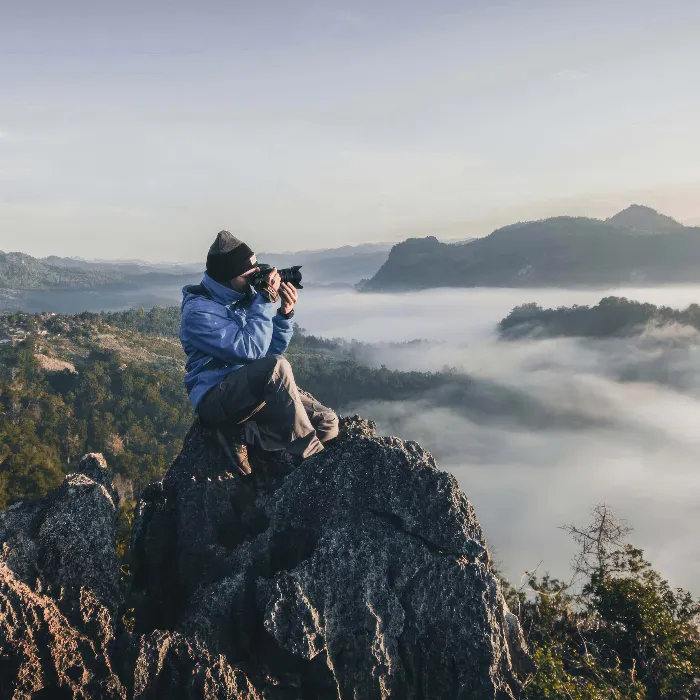Focus-Recomposing is a technique that helps you achieve precise sharpness when photographing still subjects. This method is particularly useful when you want the freedom to change the focus point independently of the camera settings. You can quickly learn this effective technique and integrate it into your photographic routine.
Main insights
- Focus-Recomposing is ideal for still subjects.
- Use the center autofocus point for maximum accuracy.
- Be careful to make only slight movements when panning the camera.
- Practice makes perfect – over time, you'll achieve excellent results.
Step-by-step guide
To properly apply focus-recomposing, follow these steps:
1. Select camera settings
First, you need to set your camera so that only the center autofocus point is active. This point is the most central and makes it easier to focus precisely.
Make sure to set the autofocus mode to "One Shot" or "AF-S". This will lock the focus point as long as you half-press the shutter button. This way, you won't lose this setting while working with the camera.
2. Focus on the eye
The eye of your model should be the main focus point. Ensure that it is sharply captured, as a blurry eye often makes the entire image appear unprofessional. Once you have focused on the eye, you can rotate the camera according to your desired image composition.

3. Adjust image composition
After focusing on the eye, it's time to pan or rotate the camera to shape your image as you've envisioned. This is called "Recomposing" and is the crucial step in this technique.
4. Pay attention to depth of field
Particular care is required when working with an open aperture. This provides a shallow depth of field, which can make focusing more challenging. Avoid zooming or moving too much, as this can negatively impact the sharpness of your image. Keep the camera as steady as possible while setting up your desired composition.
5. Practice makes perfect
Like many skills, practice is required for focus-recomposing. The more you apply this technique, the better you'll become at it. Soon you’ll be able to capture sharp portraits, macro shots, and animal pictures with ease, without having to search long for the right autofocus point.
Summary - Learning photography: Focus-Recomposing for sharp images
The focus-recomposing technique is a valuable tool for photographers who want to create sharp images of still subjects. By focusing precisely on the model's eye and skillfully repositioning the camera, you can achieve impressive results. With some practice, this method will become second nature and significantly improve your photography skills.
Frequently Asked Questions
Why should I use the center autofocus point?The center autofocus point is the most central point and offers the best focusing accuracy, especially in low light conditions.
How does the focus-recomposing technique work?You first focus on the main subject, then rotate the camera for the image composition without releasing the shutter button.
Can I also photograph moving subjects with focus-recomposing?Focus-recomposing is particularly suited for still subjects, as the depth of field can change with movement.
What is the challenge with an open aperture?With an open aperture, the depth of field is shallow, making accuracy in focusing more challenging.
I am having trouble focusing. What can I do?Practice is key. Start with static subjects and get used to the focus-recomposing technique.


